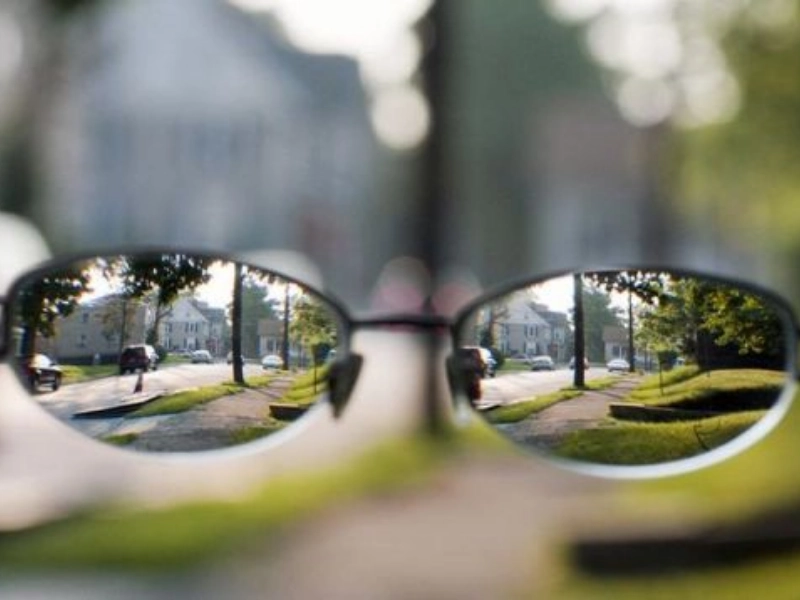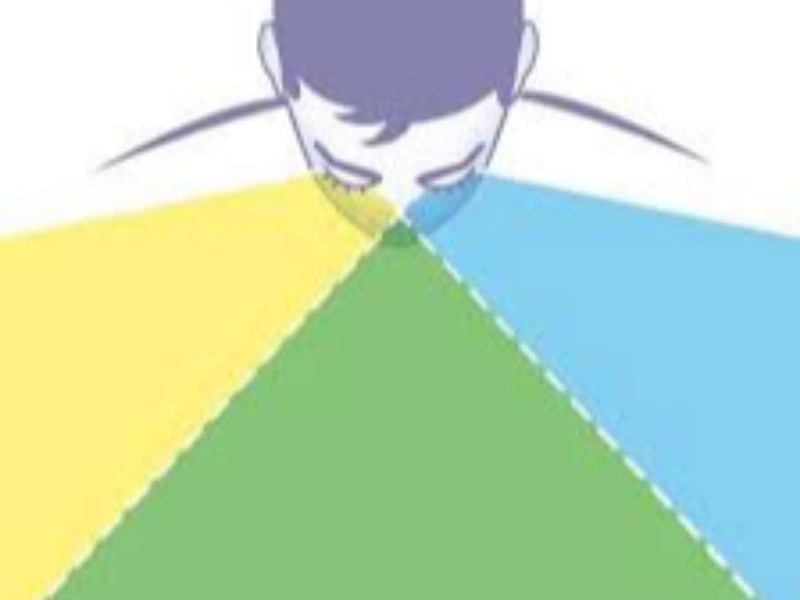The majority of individuals consider myopia to be a minor annoyance that can be resolved with contacts or glasses. However, in a tiny number of cases, pathological or degenerative abnormalities in the retina—the back of the eye—are linked to myopia.
A person is more susceptible to glaucoma, cataracts, and retinal detachment as a result of these alterations. For this reason, it's critical to arrange for routine eye checkups with a qualified eye care professional.

Your eyes are longer from front to back than they should be when you are extremely myopic, which results in fuzzy vision at a distance. In extreme situations, myopia might raise your chance of acquiring illnesses including retinal detachment and glaucoma, which can be blinding.
During an eye exam, your eye doctor can check for myopia. If it's high, you might require refractive surgery or special contact lenses. During the procedure, a thin flap is made on the top of your cornea, shaped with a laser, and then moved back over your eye.
To stop the advancement of your myopia, you can also try using atropine eye drops or multi-focal contacts. Get frequent eye exams, and try not to spend too much time on computers or reading.

Because of the excessive length of the eyeball and/or the steep curvature of the cornea, the clear window in front of the eye makes distant objects look hazy or fuzzy to those with extreme myopia. People with myopia are prescribed glasses or contacts with a negative lens power to rectify this. This lowers the amount of light that bends excessively entering the eye, allowing the light to focus on the retina and generate a clear, sharp image.
Your eye doctor will ask you to identify letters on a chart at a certain distance away during the test. The numbers you read are your visual acuity measurements, expressed as Snellen fractions like 20/40. This is known as a visual acuity test. To monitor your myopia and estimate the power of any optical lenses required to correct it, it's vital to schedule regular checkups with your eye specialist. Untreated high myopia can develop into pathological myopia, which causes the retina to thin and the eyeball to continue extending, ultimately resulting in legal blindness.

You have fuzzy near vision if you have excessive myopia. The reason for this is that light entering your eyes concentrates in front of them instead of on the retina because your eyeball is too lengthy or because the keratin and lens are curved incorrectly. You may find it difficult to read or operate a vehicle, and distant objects may appear hazy and fuzzy.
Ageing can also cause problems with your near vision, even if you wear glasses or contact lenses. This is due to the retina and other tissues being thinner as your eyeball becomes longer. This may result in the formation of new blood vessels on the surface of your eye, which can lead to pathological myopia, also termed degenerative myopia and capable of resulting in legal blindness.
By spending more time outside and less time in front of screens, you can decrease the advancement of your myopia. In addition, you can have LASIK surgery, which involves forming a tiny flap on the cornea and then shaping it with a laser to shorten your axial length. You can also wear bifocal or multifocal contact lenses.

When a person has myopia, light may focus in front of the retina as opposed to directly on it. This makes it more difficult for the eye to see well. A visual field test, sometimes referred to as a confrontational visual field test, provides your doctor with information on whether you may have a brain issue that could be the cause of any blind patches in your vision (called scotomas), as well as the size and location of any scotomas.
The visual field test produces a diagram that resembles a topographic map. The top of the printout displays your name and testing details (such as stimulus size and Goldmann perimetry). Tiny light dots are used in the test to gauge your sensitivity in various regions of the visual field. The chart's dotted lines illustrate how your visual field stacks up against average individuals in your age range. Which and how much of the visual field has lost sensitivity is shown by the colour of the dotted line.